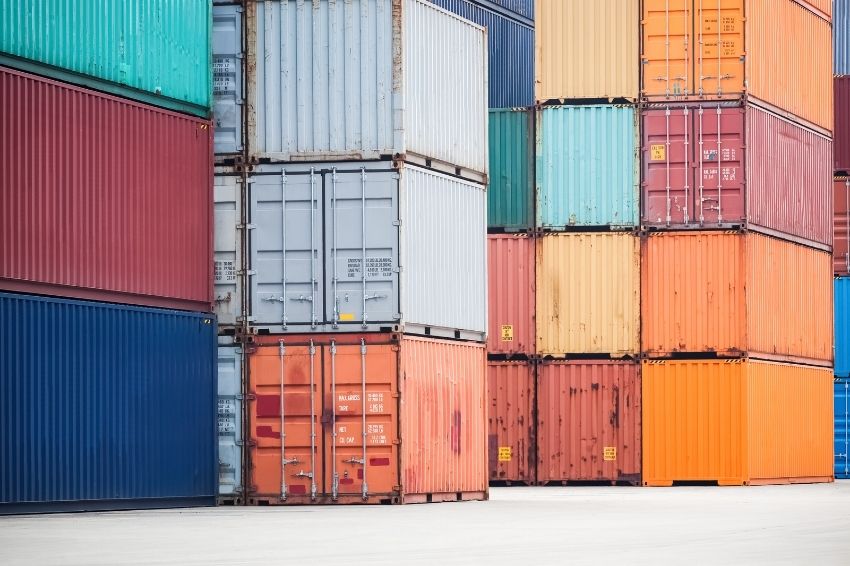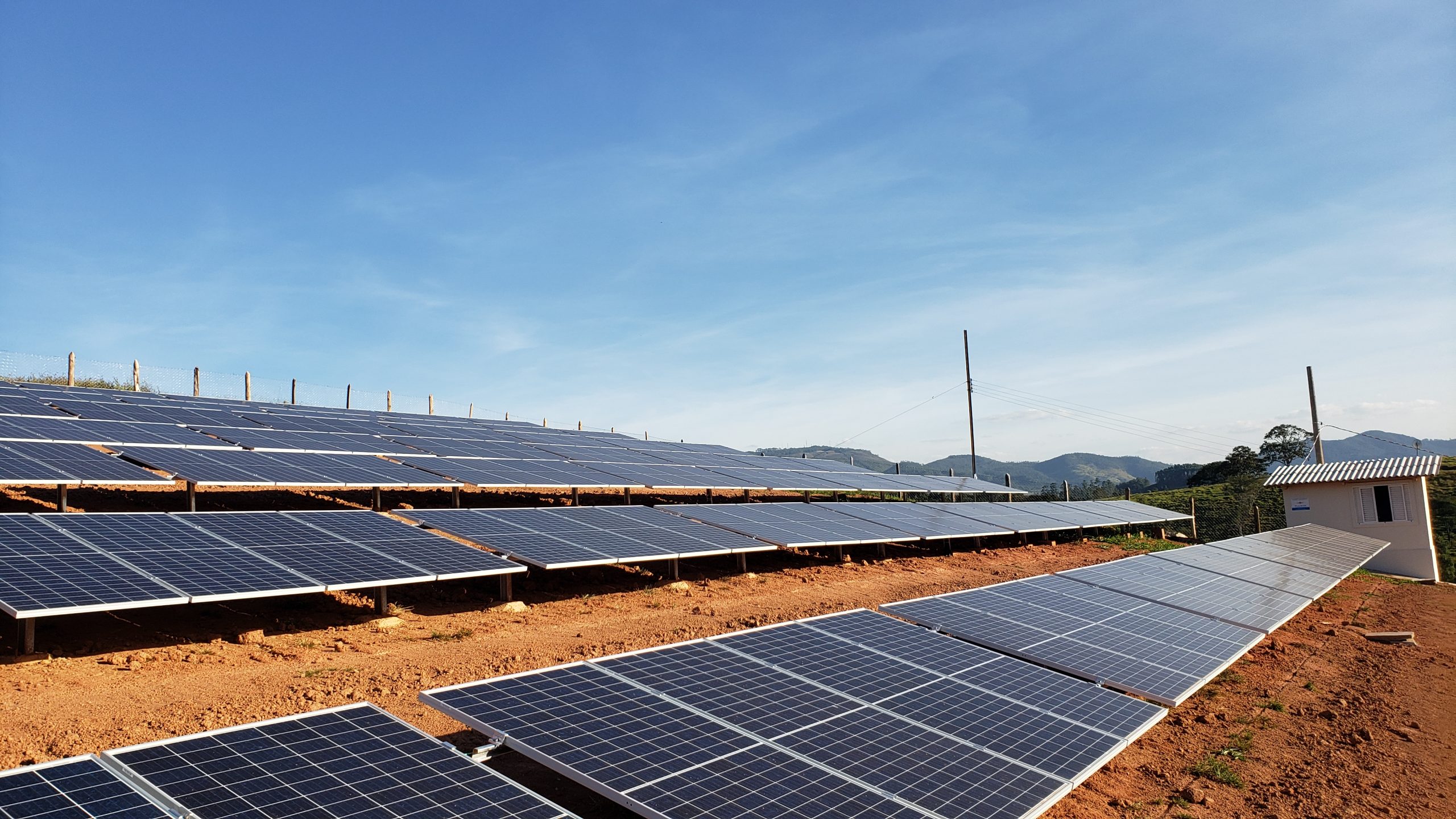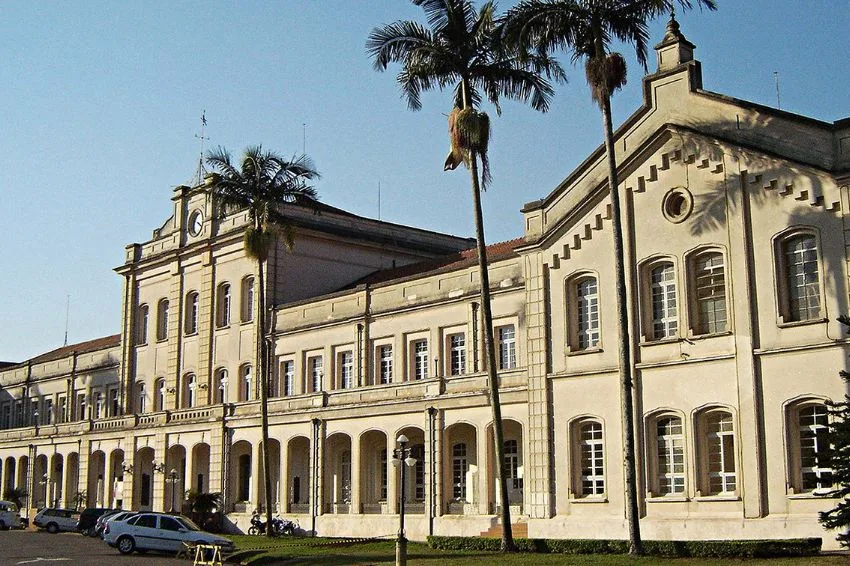Mismatch between demand and availability of inputs, rising freight costs and rising prices for photovoltaic equipment. These should be the main challenges for the solar market in 2022.
These obstacles are centered around the resumption of the international production chain and the energy crisis in China, the main supplier of the Brazilian and global photovoltaic sector. Throughout 2021, the country recorded several blackouts that not only left thousands of Chinese people without power, but also delayed the manufacturing capacity of Chinese industries.
According to experts interviewed by the Solar Channel, this scenario should remain for next year. This is because Chinese President Xi Jinping has set the goal of making the country's carbon emissions neutral by 2060.
To this end, the Chinese government has signaled that it will seek to increase solar and wind capacity to around 1.2 TW by 2030 (currently the country has around 253.8 GW), which will mean that most of the equipment manufactured will be destined for the intern market.
The world's largest emitter of greenhouse gases, China has also formalized a commitment to increase the share of non-fossil fuels in its primary energy consumption to 25% by 2030, higher than the previous pledge of 20%, and increase wind power capacity and solar at more than 1,200 gigawatts.
This situation should contribute to the reduction of equipment for other markets, especially Brazil. Furthermore, other countries also affirmed commitments during COP26 to reduce carbon emissions, which should further increase demand for renewable energy generation equipment.
Equipment availability
Business expert Wladimir Janousek, executive director of JCS Consultoria e Serviços, explains that instability in supply chains and their components is expected to continue during the 1st half of 2022.
“In 2022, the biggest limitation to supporting the continuity and expansion of the use of photovoltaic solar sources will be the lack of availability of products, which is the main challenge for controlling imports and supplying solar modules to the Brazilian market” , considers.

For this reason, Bruno Catta Preta, director of Genyx, emphasizes that planning will be fundamental to face these challenges. “Factors such as the increase in international freight prices, equipment shortages and changes in module sizes and powers must be properly analyzed. When planning takes these aspects into account, these challenges can be overcome”, he states.
“We are in December 2021, but with purchases for 2022 already planned with our suppliers. At this moment, a representative volume of equipment is already in maritime transit. Another large quantity is in production by manufacturers. As the China-Brazil route takes an average of 45 days, excellent purchasing planning is mandatory in this market”, he adds.
According to lawyer Pedro Dante, partner in the energy and infrastructure area at Lefosse Advogados, another challenge will be meeting delivery deadlines, which should be reflected in project development.
“With the increase in solar panel prices, international freight and dependence on the Chinese market, it is likely that construction capacity will be affected and major litigation will begin to allocate responsibilities and financial costs”, he assesses.
Legislation and political scenario
Bernardo Marangon, specialist in electricity markets and director of Exata Energia, assesses that “demand will probably increase due to several projects being carried out in Brazil, especially with the aim of taking advantage of the current rule, which should come through of PL 5829“.

He emphasizes that professionals must be aware of the steps that are being taken after the approval of the GD Legal Framework, in addition to the political scenario. “We will have a discussion with the ANEEL in relation to the benefits that distributed generation brings to the electricity sector. It will probably be a very heated discussion, as it always has been, and it will be essential to have these rules in order to know whether DG will continue to be competitive or not, especially in the shared generation and remote self-consumption segment”, he analyzes.
“Furthermore, we will be in an election year. So, the economic part will be turbulent here in Brazil. As a result, the exchange rate must have large fluctuations. Today we are already experiencing this and the situation is likely to get worse next year”, he adds.
For Ricardo Valle, CEO of Port Trade Energy, “talking about 2022 in the solar segment calls us to reflect, as it is a year of elections, new strains of the coronavirus and its consequences”, he states.
Despite the challenging scenario, the expert is optimistic about the future. “Despite the currency fluctuation, the projection is that the global supply chain tends to stabilize in the fourth quarter of 2022. Added to this scenario is the need for greater clarity on how China will handle the challenges of mitigating the economic crisis. energy that it faces, to take actions that reduce gas emissions without necessarily having to direct part of its production to the domestic market”, he assesses.
More competitive market
The energy bill, driven by the maintenance of the Water Scarcity tariff flag until April 2022, should also continue to weigh on the Brazilian consumer's pocket. This scenario is favorable for integrating companies.
“I understand that the solar market will continue to grow strongly in 2022 due to the windows of opportunity in Mercado Livre and distributed generation, especially due to the increase in energy costs in the Captive Market (ACR) with the pandemic and the water crisis we face”, highlights Dante.
With a booming market, the number of companies entering the photovoltaic sector will only increase, as more and more consumers are seeking to save money by installing photovoltaic systems in their homes. This situation will bring a positive challenge to the market: companies will have to train and improve their services to continue to be competitive.
“2021 was an incredible year for distributed generation in Brazil and 2022 will certainly be a much better year, given the number of financing lines available to end customers and also the organization of the sector that has improved every year”, highlights Gustavo Tegon , founding partner of Esfera Solar.
Project feasibility and CAPEX
“In 2022 we will have many shared generation projects and developers and investors will have a challenge in sourcing energy from these projects”, points out the director of Exata Energia.
“The commercialization part is the new frontier to be crossed by project developers who want shared generation. It will be a very competitive and very interesting year for consumers, who will have access to this option of saving on their account”, he analyzes.
Marangon also highlights that in the GC (centralized generation) segment, CAPEX (plant construction costs), which has been the main element of project viability, will remain volatile. Furthermore, it assesses that the supply and demand of electricity and the long-term price should be topics that should drive discussions in 2022.
“I see a reality check: the consumer wanting a lower long-term price and the generator needing a higher long-term price so that the projects are viable from this new CAPEX perspective. But I believe that if consumers realize that they are buying new energy and that when we buy new energy we need to be sure that the projects will be built, they will understand that the lowest prices no longer exist”, he considers.
Another relevant factor for those working in the GC segment is that in March 2022 the deadline for grant requests for renewable projects that still want to benefit from incentivized energy ends.
“The developer has until this deadline to request the grant and guarantee this benefit. So, it will be a challenge for developers in Q1 [1st quarter], because if they don't succeed, these projects will probably be on hold for a while, as this benefit is really important for renewables”, explains Marangon.
The expert also estimates that 5G will be a widely explored topic in 2022. “We will probably have auctions for telecommunications companies due to 5G, which will greatly increase the consumption of electricity by these companies and they may want to take advantage of this last window to close new projects”, he says.

















